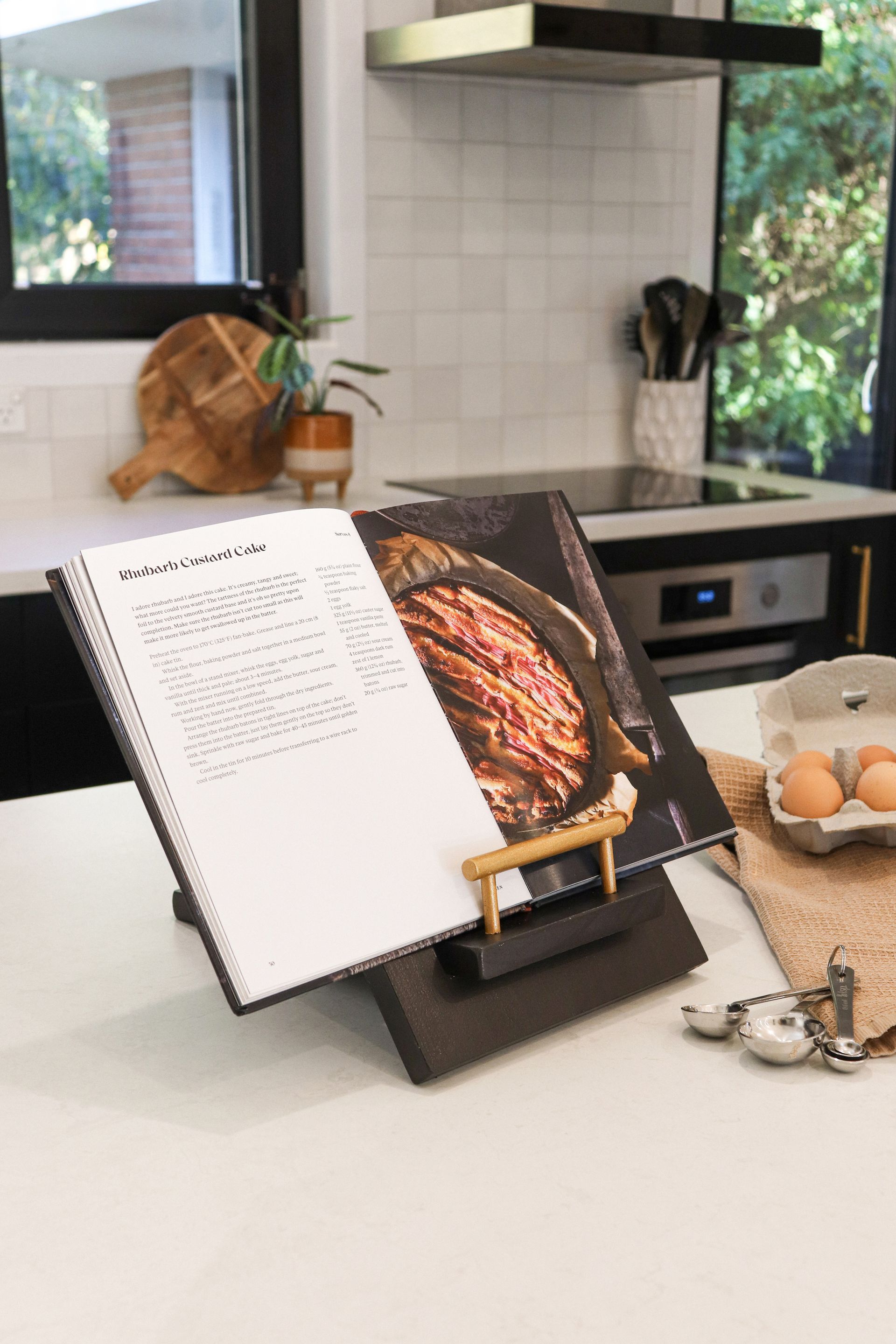Whatever your work situation, here are some valuable insurance tips to help safeguard your home office.
Kiwis love the flexibility of working from home, with Stats NZ reporting four out of five businesses offered flexible working arrangements in 2023. For the start-ups and sole traders though, this is nothing new, with many great businesses founded in garages, sheds or spare rooms. Whatever your work situation, here are some valuable insurance tips to help safeguard your home office.
Check your current cover
While homeowner’s insurance might provide some coverage for personal property, it may not extend to business-related equipment or liabilities. Check that any sub-limits meet replacement costs, especially for electronic
equipment, and remember to keep
your broker or insurer up to date with any new purchases to ensure your sum insured is adequate.
Explore home-based business endorsements
Some homeowner’s insurance policies offer endorsements or add-ons for home-based businesses. These endorsements can enhance your coverage by extending protection to business-related property and liabilities. Check with your broker or insurer to see if this is an option for you.
Consider business insurance
A recent Insurance Council of New Zealand survey reported only 38 per cent of homeowners have business insurance to cover their home-based businesses. Whether you’re a consultant, freelancer or entrepreneur, a comprehensive business insurance policy tailored to your unique situation can safeguard your equipment, inventory, and liabilities associated with your professional activities in a way homeowner’s insurance can’t.
Liability protection
From client meetings to product deliveries, your home workspace may expose you to various liabilities. Liability insurance provides crucial protection against potential lawsuits or damages arising from accidents or injuries that occur on your property, or errors and omissions in your work. It’s a vital component of your risk management strategy, offering financial protection and legal support when you need it most.
Cyber security
Cyber threats pose a significant risk to businesses of all sizes. Ensure you have adequate cyber security measures in place and consider investing in cyber insurance to protect your business against data breaches, cyberattacks and other digital risks. This coverage can mitigate financial losses and reputational damage stemming from cyber incidents, safeguarding your business continuity.
Get professional advice
Partner with an experienced insurance broker to ensure your home-based business and your future livelihood is protected.
Richard Singleton is a commercial insurance broker at Abbott Insurance Brokers Christchurch. He’ll help you navigate the complexities of insurance, providing personalised advice and insurance solutions tailored for you. abbott.co.nz
Recent stories





